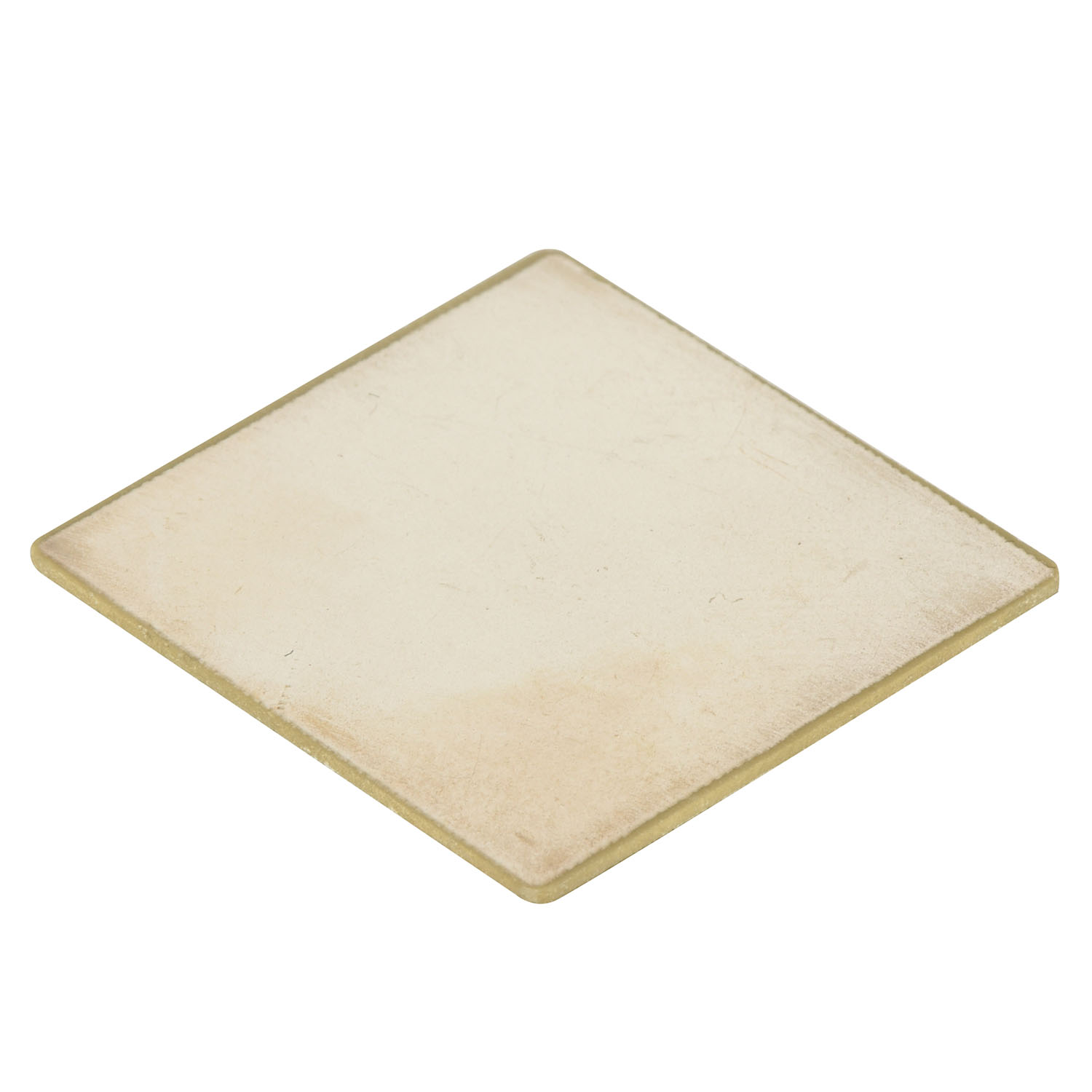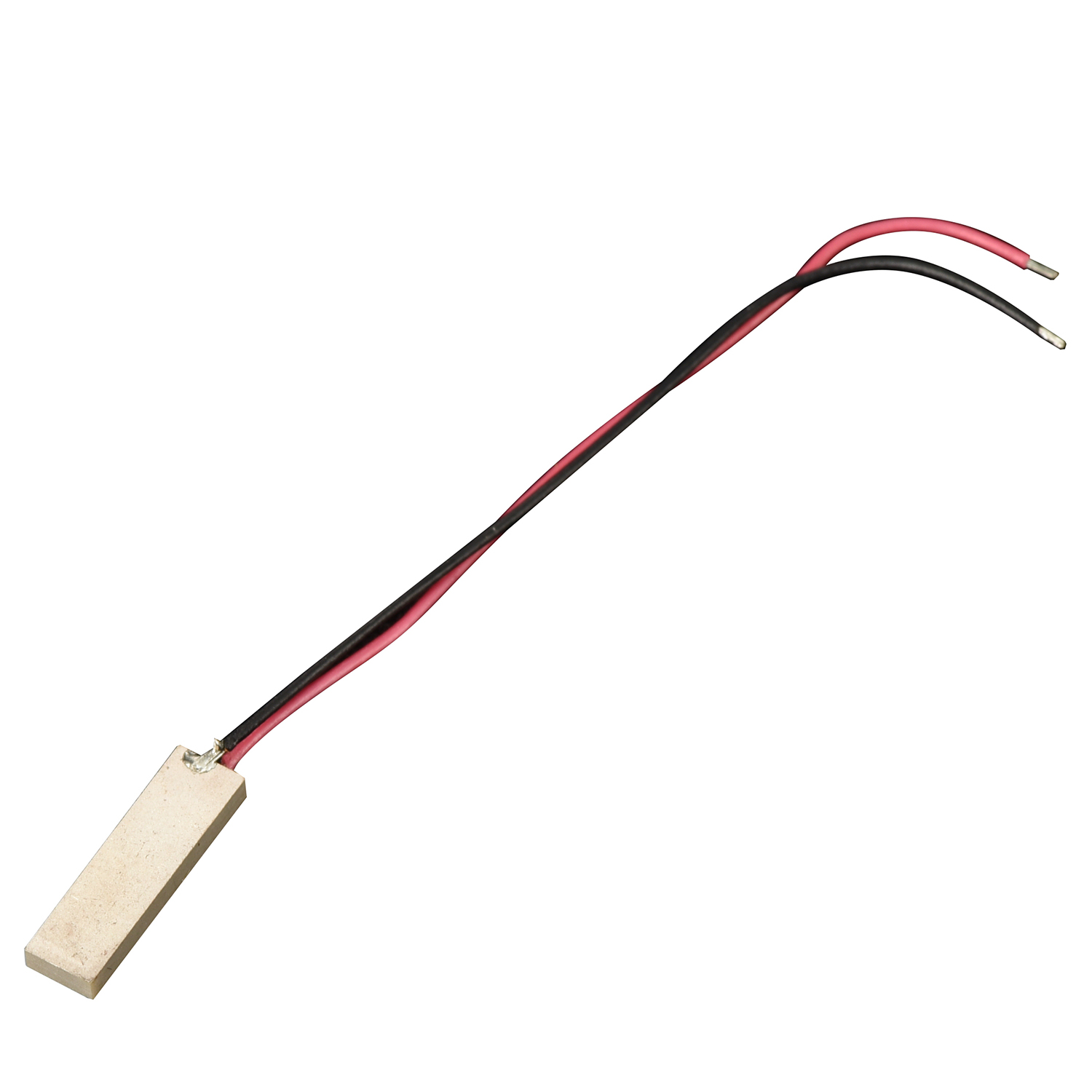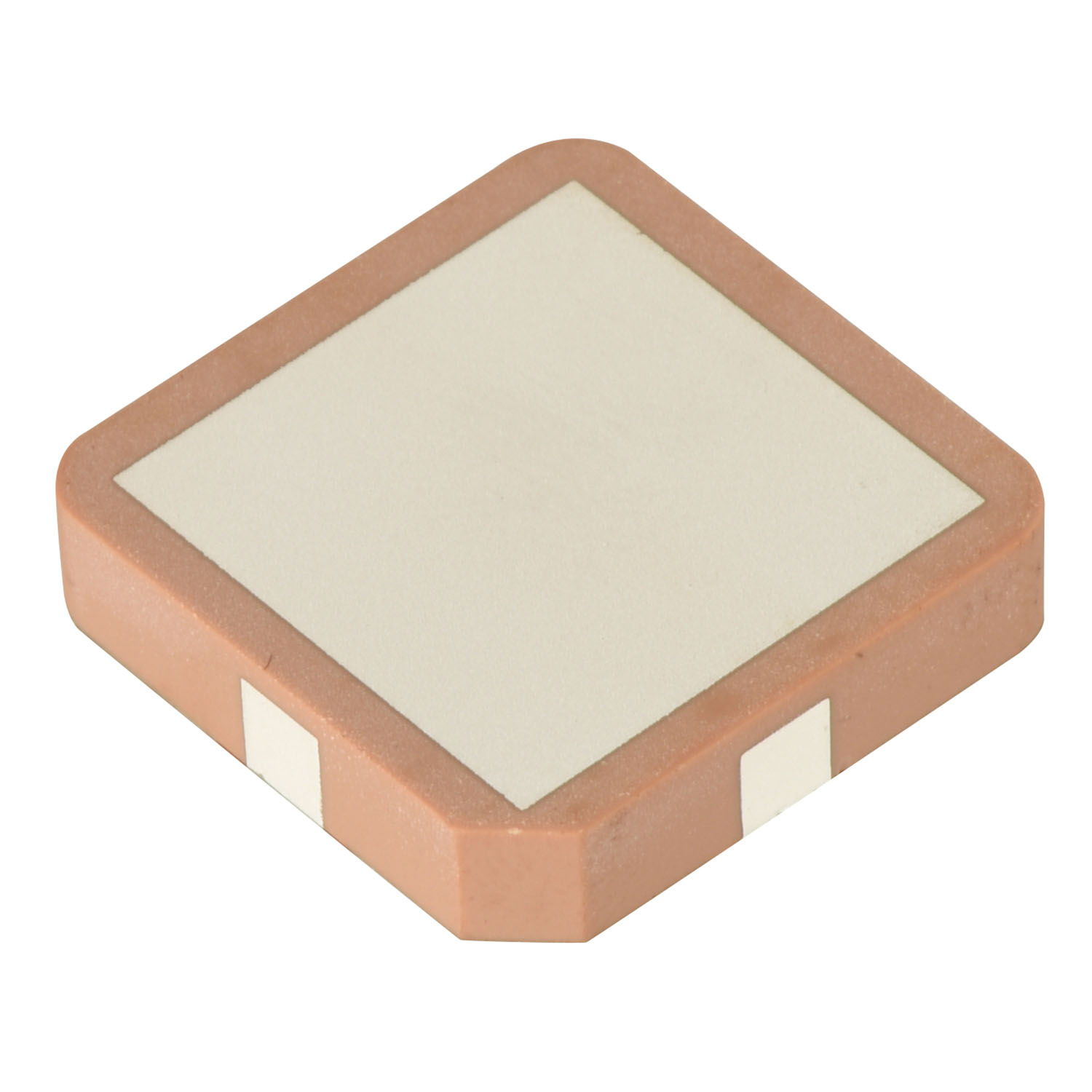Piezoelectric Sheets & Plates
The polarization mechanism of piezoelectric ceramics depends on its internal structure. Piezoelectric ceramics are made of many small grains irregularly "inlaid". Each small grain can be seen as a small single crystal, in which atoms (ions) are arranged regularly (periodically) to form a lattice, which is composed of repeated cells. The lattice directions of grains and grains are not necessarily the same, and they are still chaotic and irregular as a whole. In order to keep piezoelectric ceramics in the lowest state of energy (electrostatic energy and elastic properties), there will be a number of small regions in the grains. The spontaneous polarization of cells in each small region has the same direction, but the directions of spontaneous polarization between adjacent regions are different. The area with the same direction of spontaneous polarization is called electric domain, and the whole ceramic includes many electric domains.
PZT piezoelectric ceramics (lead zirconate titanate):
P is the abbreviation of lead element Pb, Z is the abbreviation of zirconium element Zr, and T is the abbreviation of titanium element Ti. (English piezoelectric ceramic transducer).
PZT piezoelectric ceramics are polycrystals sintered from lead dioxide, lead zirconate and lead titanate at 1200 ℃. It has positive piezoelectric effect and negative piezoelectric effect.
Preparation of Pb (Zr1-xTix) O3 ZrO (NO3) 2 (zirconium nitrate) → ZrO2+NO2+O2 C6H4O7 Ti (titanium citrate)+O2 → TiO2+H2O+CO2 Pb3O4 → PbO + O2 (1-x)ZrO2 + x TiO2 +PbO → Pb(Zr1-xTix)O3Can't Find What You Want in Our Standard Products?

- Home
- Product
- Acoustic Component
- Security & Alarm
- Sensor
- Piezo Ceramic
- Connector & Cable
- Fuse & Circuit Breaker
- Switch & Indicator
- Battery Holder & Connectors
- Motors & Fans & Heat Sink
- Power Supply
- Relay & Socket
- Ultrasonic Machine & Part
- LED & LED Display
- Wifi & Antennas
- Inductor & Choke
- Electricians Tools
- Electronic Beauty Instrument
- IC & Semiconductors
- Mould & Plastic Enclosure
- Smart Home
- Arduino & Robot
- Solution
- About
- News
- Contact
- Acoustic Component
- Piezo Ceramic Element
- Piezo Buzzer
- Magnetic Buzzer
- SMD Buzzer
- Piezo Transducer
- Magnetic Transducer
- Mechanical Buzzer
- Electret Condenser Microphone
- Loud Speaker
- Micro Speaker
- Mylar Speaker
- Ultrasonic Speaker
- Headphones & Earbuds & Headsets
- Bluetooth speaker
- Ceiling Speaker
- Garden Speaker
- Party Speaker
- Sound Button
- Sound Module
- Receiver
- Security & Alarm
- Sensor
- Piezo Ceramic
- Connector & Cable
- USB & Type C & HDMI Connector
- FFC / FPC / Wafer connector
- Card Socket
- Water Proof Connector
- Anderson Battery Connector
- Wire Harness
- Micro D Connector
- Coaxial Connectors
- New Energy Vehicle Charge Accessory
- Magnetic Power Connector
- Compact Splicing Connector
- Screw Nut & Spacer
- USB HUB & Type C Adapter Converter
- Splitter & DP HDMI
- Heat Shrink Tube
- USB & Type C & HDMI cable
- Pin Header Connector
- Automotive Connectors
- Ethernet Connectors
- More Products
- Fuse & Circuit Breaker
- Switch & Indicator
- Battery Holder & Connectors
- Motors & Fans & Heat Sink
- Power Supply
- Relay & Socket
- Ultrasonic Machine & Part
- LED & LED Display
- Wifi & Antennas
- Inductor & Choke
- Electricians Tools
- Electronic Beauty Instrument
- IC & Semiconductors
- Mould & Plastic Enclosure
- Smart Home
- Arduino & Robot




